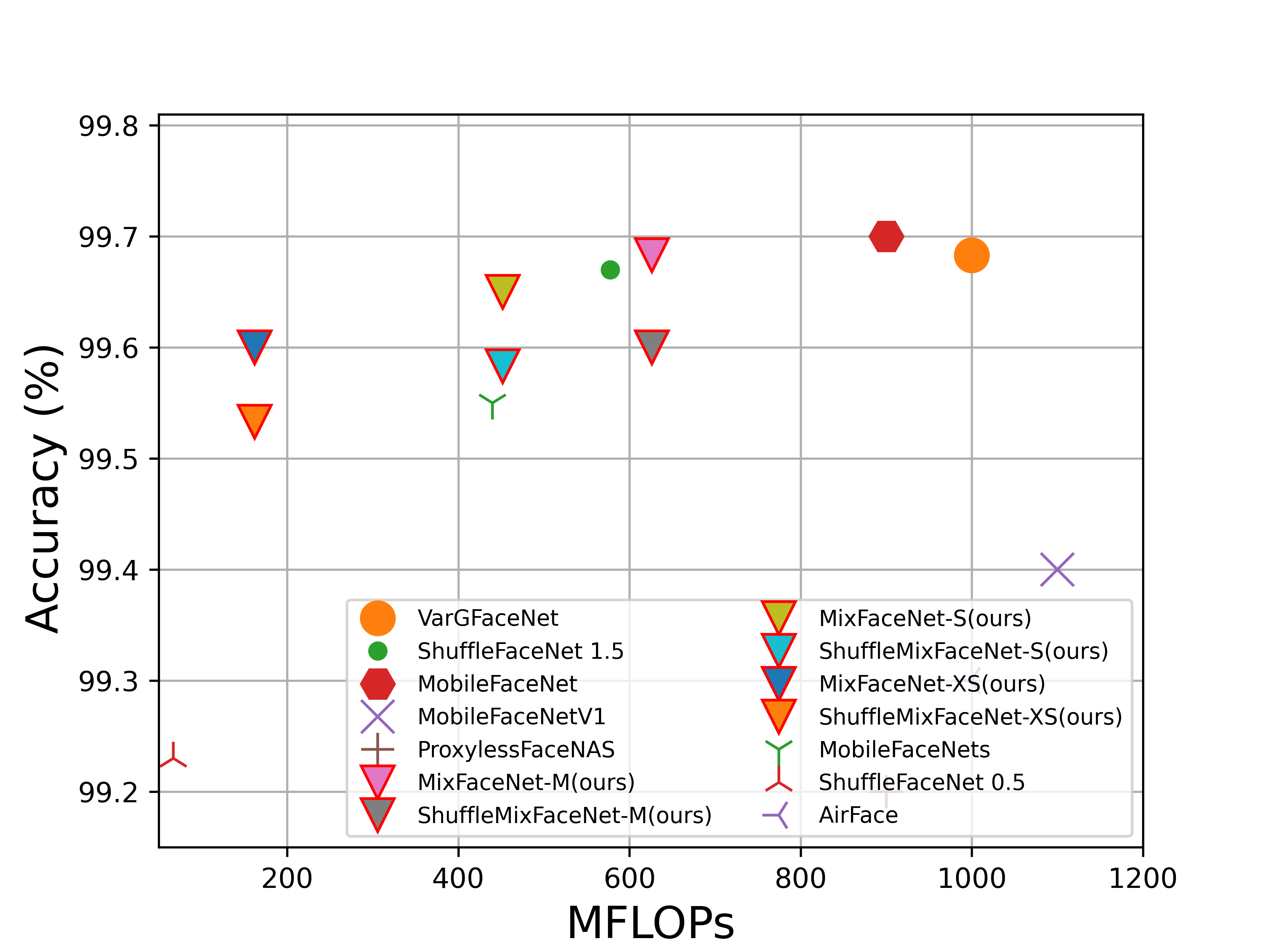MobileSal
IEEE TPAMI 2021: MobileSal: Extremely Efficient RGB-D Salient Object Detection
This repository contains full training & testing code, and pretrained saliency maps. We have achieved competitive performance on the RGB-D salient object detection task with a speed of 450fps.
If you run into any problems or feel any difficulties to run this code, do not hesitate to leave issues in this repository.
My e-mail is: wuyuhuan @ mail.nankai (dot) edu.cn
Requirements
PyTorch
- Python 3.6+
- PyTorch >=0.4.1, OpenCV-Python
- Tested on PyTorch 1.7.1
Jittor
- Python 3.7+
- Jittor, OpenCV-Python
- Tested on Jittor 1.3.1
For Jittor users, we create a branch jittor. So please run the following command first:
git checkout jittor
Installing
Please prepare the required packages.
pip install -r envs/requirements.txt
Data Preparing
Before training/testing our network, please download the training data:
- Preprocessed data of 6 datasets: [Google Drive], [Baidu Pan, 9nxi]
Note: if you are blocked by Google and Baidu services, you can contact me via e-mail and I will send you a copy of data and model weights.
We have processed the data to json format so you can use them without any preprocessing steps. After completion of downloading, extract the data and put them to ./data/ folder. Then, the ./datasets/ folder should contain six folders: NJU2K/, NLPR/, STERE/, SSD/, SIP/, DUT-RGBD/, representing NJU2K, NLPR, STEREO, SSD, SIP, DUTLF-D datasets, respectively.
Train
It is very simple to train our network. We have prepared a script to run the training step:
bash ./tools/train.sh
Pretrained Models
As in our paper, we train our model on the NJU2K_NLPR training set, and test our model on NJU2K_test, NLPR_test, STEREO, SIP, and SSD datasets. For DUTLF-D, we train our model on DUTLF-D training set and evaluate on its testing test.
(Default) Trained on NJU2K_NLPR training set:
- Single-scale Training: [Google Drive], [Baidu Pan, 9nxi]
- Multi-scale Training: [Google Drive], [Baidu Pan, 9nxi]
(Custom) Training on DUTLF-D training set:
- Multi-scale Training: [Google Drive], [Baidu Pan, 9nxi]
Download them and put them into the pretrained/ folder.
Test / Evaluation / Results
After preparing the pretrained models, it is also very simple to test our network:
bash ./tools/test.sh
The scripts will automatically generate saliency maps on the maps/ directory.
Pretrained Saliency maps
For covenience, we provide the pretrained saliency maps on several datasets as below:
-
Single-scale Training: [Google Drive], [Baidu Pan, 9nxi]
-
Multi-scale Training: [Google Drive], [Baidu Pan, 9nxi]
TODO
- Release the pretrained models and saliency maps on COME15K dataset.
- Release the ONNX model for real-world applications.
- Add results with the P2T transformer backbone.
Other Tips
- I encourage everyone to contact me via my e-mail. My e-mail is: wuyuhuan @ mail.nankai (dot) edu.cn
License
The code is released under the Creative Commons Attribution-NonCommercial-ShareAlike 4.0 International Public License for NonCommercial use only.
Citations
If you are using the code/model/data provided here in a publication, please consider citing our work:
@ARTICLE{wu2021mobilesal,
author={Wu, Yu-Huan and Liu, Yun and Xu, Jun and Bian, Jia-Wang and Gu, Yu-Chao and Cheng, Ming-Ming},
journal={IEEE Transactions on Pattern Analysis and Machine Intelligence},
title={MobileSal: Extremely Efficient RGB-D Salient Object Detection},
year={2021},
doi={10.1109/TPAMI.2021.3134684}
}
Acknowlogdement
This repository is built under the help of the following five projects for academic use only:







![Learning from Synthetic Shadows for Shadow Detection and Removal [Inoue+, IEEE TCSVT 2020].](https://github.com/naoto0804/SynShadow/raw/main/teaser.png)
